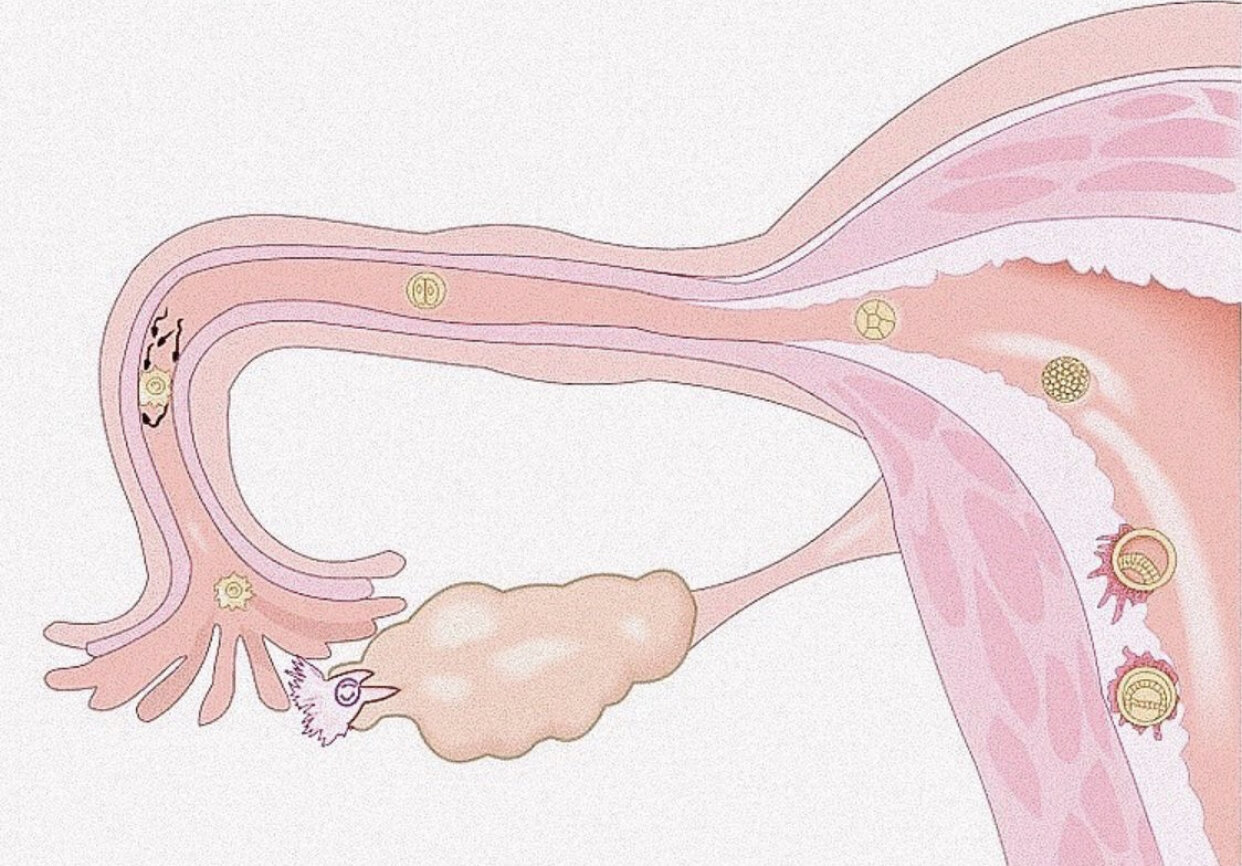Luteal (Lu-teal)
All good things come to those who wait… patiently!
This phase is once ovulation, and possibly conception, has occurred. Your luteal phase can be anywhere from ~10 - 16 days, with the most common being 14 days. Whether you are trying to conceive (ttc) or trying to avoid pregnancy, this phase can be tough to understand… but we’re here to lend a hand.
In the final hours of ovum (egg) survival, you begin to enter the luteal phase.
In the luteal phase, either a fertilised or non fertilised ovum (egg) will make its journey to the uterus, this takes ~9 days give or take. Once the egg arrives in the uterus, it will either implant or not implant into the thickened lining of the uterus.
If the ovum is fertilised, the process of cell multiplicity and growth begins from an Oocyte, to Zygote, to a Blastocyst. A blastocyst is what will attempt to implant into the uterine lining to begin pregnancy. Yes, that’s right, you are not “officially” pregnant until the blastocyst implants and subsequently forms an embryo.
If successful in implating (only around 60% succeed), pregnancy begins, progestogen stays high, and human chorionic gonadotropin (hCG), a hormone normally produced by the placenta, is released into your body (the pregnancy hormone). If you’re not pregnant, progestogen will fall and estrogen will rise, communicating to the uterus lining, called the endom, to begin to shed. Here you will arrive back at cycle day 1, flo.
For more information on the fertility hormones for women and men, take a look at Hormones


